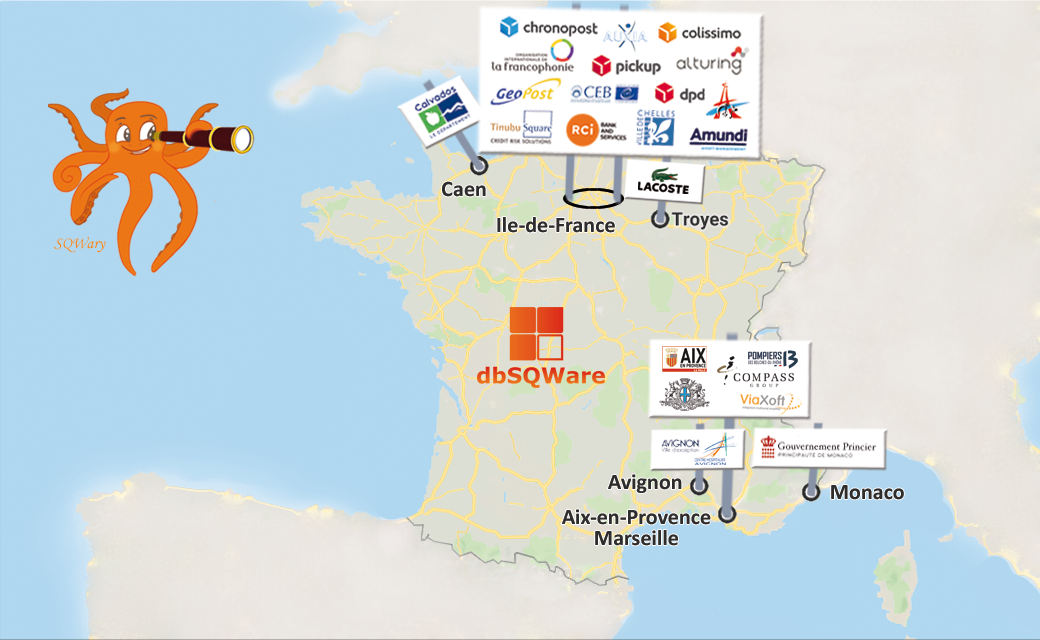Incontournable CIP Cannes
 Tonight, afterwork “Incontournable Special IT Meetings” organized by the CIP – Club Informatique Provence Méditerranée.
Tonight, afterwork “Incontournable Special IT Meetings” organized by the CIP – Club Informatique Provence Méditerranée.
Emmy, Séverine and Michel from dbSQWare will be present at this event which will take place at the Bayou restaurant in Cannes and which will start at 6:00 p.m.
Exchanges, conviviality and networking will be there.
Good event to all participants!
 To avoid data loss, it is important to make backups of your databases.
To avoid data loss, it is important to make backups of your databases. Television intervention of our president!
Television intervention of our president! This evening will be held the Annual General Meeting of the CIP – Club Informatique Provence Méditerranée.
This evening will be held the Annual General Meeting of the CIP – Club Informatique Provence Méditerranée. As the end of the year approaches, we would like to thank you, dear users, for your trust and loyalty!
As the end of the year approaches, we would like to thank you, dear users, for your trust and loyalty! The TECHShow 2022 is today and it’s happening at the Aix-en-Provence Congress Center.
The TECHShow 2022 is today and it’s happening at the Aix-en-Provence Congress Center. Initially implemented exclusively in the Paris region, our software dbSQWare has since made its way.
Initially implemented exclusively in the Paris region, our software dbSQWare has since made its way. This evening, afterwork “Incontournable Avignon” organized by the CIP – Club Informatique Provence Méditerranée.
This evening, afterwork “Incontournable Avignon” organized by the CIP – Club Informatique Provence Méditerranée. Last episode of the dbSQWare saga!
Last episode of the dbSQWare saga! The city of Marseille is now a dbSQWare user.
The city of Marseille is now a dbSQWare user.